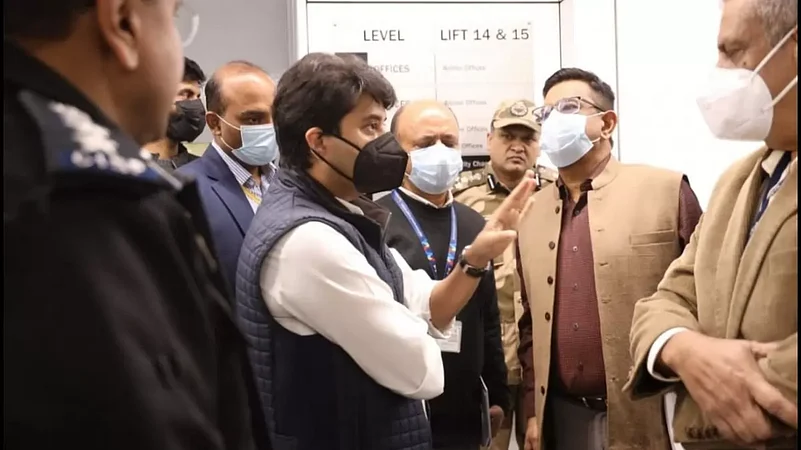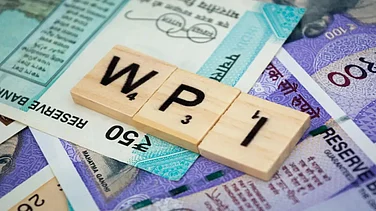To address Delhi airport congestion, authorities on Monday put in place an action plan whereby flights during morning peak hours will be reduced and efforts will also be made to move some flights from Terminal 3.
The latest action plan follows civil aviation minister Jyotiraditya Scindia inspecting the arrangements at Terminal 3 (T3).
Apart from posting real-time updates on waiting time on social media, a command centre will monitor crowding at the gates on a real-time basis, officials said.
Crowd managers and ushers will guide travellers. Further, airlines will be notified about the crowd numbers so that check-in points can be made congestion-free, they added.
Amid rising passenger complaints about long queues and waiting hours at the country's largest airport in recent days, the civil aviation ministry and the stakeholders have taken various measures to deal with the situation.
The officials said an action plan has been drawn up after the visit of the minister to T3 of the Indira Gandhi International Airport (IGIA) on Monday morning.
As part of the action plan, the number of flights from 5 am to 9 am will be reduced and it will also be explored to move some flights to T1 and T2 or to non-peak hours at T3, they said.
The peak hours are from 5 am to 9 am and 4 pm to 8 pm.
IGIA has three terminals—1, T2 and T3. All international flights and some domestic services operate from T3. On average, it handles around 1.90 lakh passengers and about 1,200 flights daily.
At T3 domestic, additional ATRS (Automatic Tray Retrieval System) machines for baggage check will be deployed to help reduce the congestion, the officials said.
Before the coronavirus pandemic, there were 13 ATRS machines installed on the ground—11 for passengers + 2 for crew and specially-abled.
This number has been increased to 16 (10 ATRS + 6 conventional X-ray machines ) in the last few days. This will be increased further to 17 soon, and subsequently to 20, the officials said.
Further, they said an analysis of the manpower requirements at immigration counters will be undertaken immediately, and if required, additional manpower will be deployed.
Among other steps, all airlines will be required to keep their counters completely manned, especially during peak hours.
According to the officials, digital display boards showing waiting time at each entry gate and at least one waiting time board at the terminal checkpoint will be put in place.
Over the past few days, passengers have been complaining about long waiting hours at the airport and some also shared pictures of the crowd at the airport on social media.
On December 7, Scindia held a detailed discussion with heads of all major Indian airports, CISF and immigration officials on capacities deployed.
The discussion was also on the capacities required at every point to process domestic and international passengers smoothly through the peak travel season.
During the meeting, various initiatives, including plans for peak hour capacity based on passenger processing capacity at each airport, were also discussed.

Civil Aviation MinIster JM Scindia at Delhi Airports T3
Civil Aviation MinIster JM Scindia at Delhi Airports T3
Published At:
- Previous Story
 DHL Group Plans Euro 1-Bn Investment Across its Businesses in India by 2030: CEO Tobias Meyer
DHL Group Plans Euro 1-Bn Investment Across its Businesses in India by 2030: CEO Tobias Meyer - Next Story
MOST POPULAR
WATCH
MORE FROM THE AUTHOR
×
















.jpg?w=200&auto=format%2Ccompress&fit=max)




